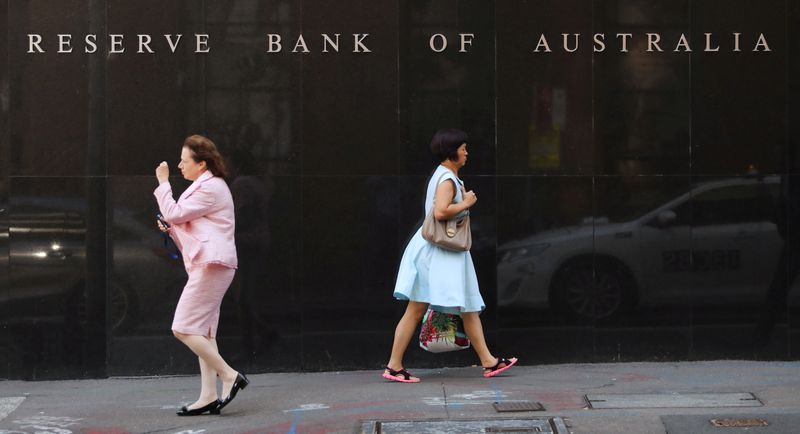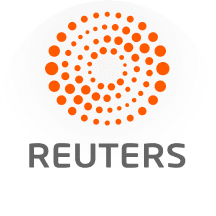
SYDNEY, Aug 12 (Reuters) - Australia's central bank on Tuesday slashed its forecasts for economic growth as it downgraded the outlook for productivity, implying lower living standards and incomes for the country's 27 million residents.
Yet the Reserve Bank of Australia also maintained its forecasts for a slowdown in core inflation and a steady outlook for unemployment, leaving the door open for a cut in interest rates.
Markets are wagering it will trim rates by a quarter-point to 3.6% on Tuesday, having stunned markets by holding steady in a rare split decision just last month.
In its quarterly Statement on Monetary Policy, the RBA cut its long-term assumption for productivity growth - generally output per hour worked - to 0.7%, from 1%, finally recognising a decade of sub-par outcomes across most developed economies.
That translated into softer economic growth out to the end of 2027, through lower consumer spending and incomes growth. The economy's potential speed limit was now seen at just 2.0%, from 2.25% before and 2.5% a decade earlier. For 2025 alone, it now saw GDP of 1.7%, down from 2.1% in May.
"The forecast pick-up in GDP growth over 2025 is now more gradual than expected in May, as weaker-than-expected growth in public demand in early 2025 is not expected to be offset through the rest of the year", the RBA said in a 67-page economic update.
One bright spot was home building as rising prices, lower borrowing costs and looser regulation prompt more construction.
Meanwhile, it kept forecasts on inflation and the labour market unchanged as both aggregate supply and demand have been revised lower. The headline consumer price index (CPI), which ran at 2.1% in the June quarter, is still seen peaking at 3.1% by mid next year, before easing to 2.5% by the end of 2027.
Underlying inflation - a trimmed mean measure closely watched by the RBA - is expected to slow to 2.6% by the December quarter and hold around there until end-2027.
That puts it in line with the mid-point of the central bank's long-term target band of 2% to 3%, allowing for some easing in monetary policy.
The labour market is still not expected to loosen much from here, with the jobless rate - which hit a nearly 4 year high of 4.3% in June - to hold there until end of 2027.
Its new forecasts were based on market pricing that assumed a total easing of 80 basis points over the next year to somewhere between 3.1% and 2.85%, slightly lower than the terminal rate of 3.2% assumed in May.
(Reporting by Stella Qiu, editing by Wayne Cole)
(Reporting by Stella Qiu)
((yifan.qiu@thomsonreuters.com; +61 0 427901124;))
Keywords: AUSTRALIA RBA/POLICY

 Reuters US Business
Reuters US Business
 WISC-TV Channel 3000
WISC-TV Channel 3000 13 On Your Side
13 On Your Side Raw Story
Raw Story ABC News
ABC News The Mercury News
The Mercury News Reuters US Top
Reuters US Top 14 News Kentucky
14 News Kentucky CBS News
CBS News Iron Mountain Daily Life
Iron Mountain Daily Life